01 Nov 2025
Yaxuan Li, who just graduated from the BEng Architecture programme at Xi’an Jiaotong-Liverpool University, has received the 2nd place award in the Environmental Design Category at the 12th China Higher Education Design Competition for designing an animal shelter where humans and animals could resonate and coexist.
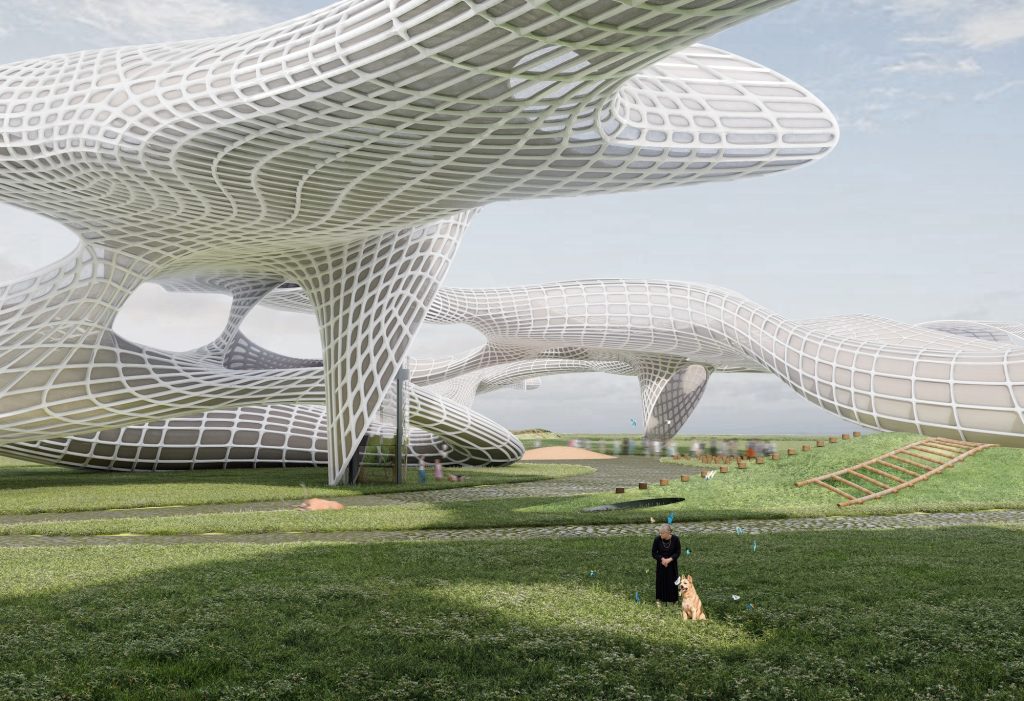
A perspective view of The Mycelium Weave Shelter
The competition highlighted innovative student projects from universities and higher education institutions across China, celebrating ideas that contribute to sustainable futures. This year, it received 11,783 works from universities and institutions including Tsinghua University, Shanghai Jiaotong University, Zhejiang University, China Central Academy of Fine Arts, etc.
As a result of winning the award, Yaxuan’s work will be published in an upcoming book titled 2025 China Higher Education Institutions Design Works Selection alongside other 900 high-quality projects.
Siti Balkish Roslan, Yaxuan’s second supervisor and an Assistant Professor at the Department of Architecture, says: “The recognition celebrates her exceptional sensitivity in combining AI design integration, humane design, experimentation, ecological awareness, and architectural storytelling.”
Conveying empathy through architecture
Yaxuan’s award-winning work, titled The Mycelium Weave Shelter (生命织缕庇护所), emerged from the ARC304 Final Year Studio Project for the sub-brief Architecture and Compassion: Suzhou Humane Animal Centre, a brief designed and supervised by Siti Balkish Roslan, lead tutor of the sub-brief, and co-taught with Shengze Chen, a design tutor at the Department.

According to Roslan, the studio sub-brief challenged students to rethink the architecture of animal shelters; not as isolated facilities but as community-centred sanctuaries promoting human-animal interaction, therapeutic environments, and social empathy. Located at the Guobin Road Great Lawn in Suzhou, the project called for a 4 000–5 000 m² mixed-use complex integrating rehabilitation, adoption, education, and research programmes among other prescribed spaces aligned with UN Sustainable Development Goals
Yaxuan says that her design practice underwent a foundational shift, from a human-centric approach to embracing the perspective of all living beings, driven by behavioural observation and systems thinking.
“When architecture begins to be perceived with the heart and responded through space, it becomes a medium for conveying empathy. Designing for animals truly taught me what genuine empathy in architecture means. This required me to understand life through their scale, rhythm, and silence.”
Building upon the studio’s emphasis on animal welfare and enrichment, human-animal interaction, and humanistic and compassionate approach, Yaxuan developed a design methodology that combined spatial behaviour studies of shelter animals, biophilic strategies, and sustainable material systems suitable for Suzhou’s temperate climate.
“Designing this shelter was never merely about form or function, but about creating a space where humans and animals could truly resonate and coexist. This project made me realise that architecture should not be a cold object, but a living system capable of perceiving, responding, and fostering warm connections - a vision ultimately realised through rigorous spatial sequencing, biophilic strategies, and systematic integration of bio-materials,” she says.
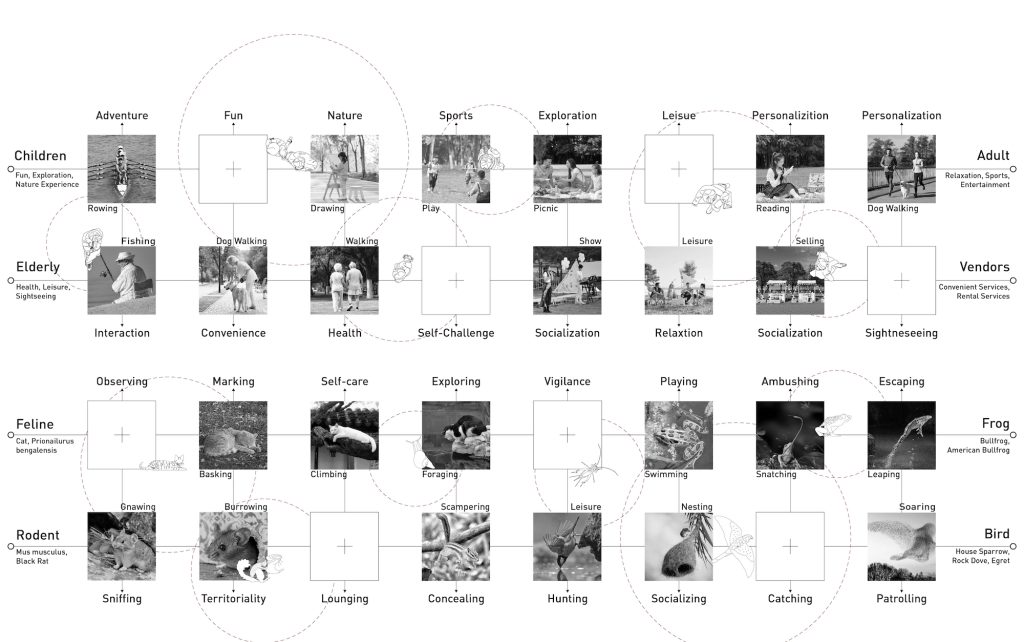
A systems design thinking diagram in understanding the complexity of designing animal shelters
Bio-inspired, AI-driven
One of the unique aspects of Yaxuan’s project is the form of experimentation through a biological inspired process that has guided her to produce the fluid and organic form.
“Using AI and digital tools, I worked with bacterial slime as a living material to form generate through digital simulation, which was used as the foundation in the following processes of my design.”
“To further support the skin of the building, I looked at mycelium growth as a bio-material, which creates a root network of fungi to envelope the building. I selected bio-material after extensive research on durability, lightweight properties, insulation characteristics, and high resistance to fire, to ensure the comfort of both human and non-human species,” she explains.
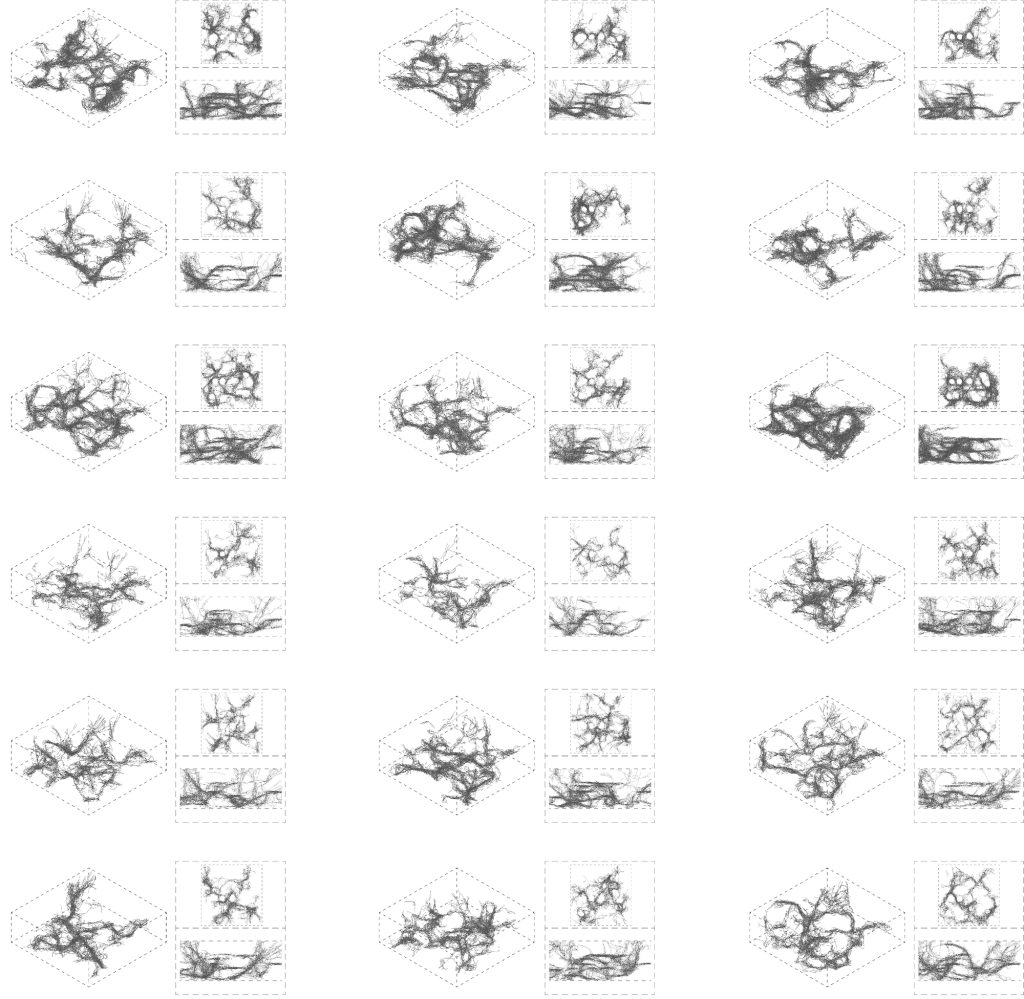
Form generation through slime bacteria simulation using digital tools.
Reflecting on the role of AI and technology, Yaxuan says: “Throughout the semester, I strived to merge sustainability, emotion, and structure into a unified whole. While I developed parts of my project in with AI to explore more nature-inspired forms and systems, what truly gave the work meaning was not the technology itself, but the profound understanding and heartfelt care embedded in the design. It was the human factor.
“I came to deeply understand that technology only extends the reach of our hands, while the ability to feel the needs of others with our hearts is the true guide. Authentic design begins with a sincere understanding of other lives - an understanding that requires both empathetic resonance and the support of rational methodology. Spaces filled with empathy are built precisely through such heartfelt dialogue.”
Through iterative critique sessions and field observations inspired by the Final Year Studio sub-brief, the project matured into a sophisticated experimental and environmental design narrative; one that impressed the competition jury for its clarity of purpose, ethical grounding, and tectonic coherence.
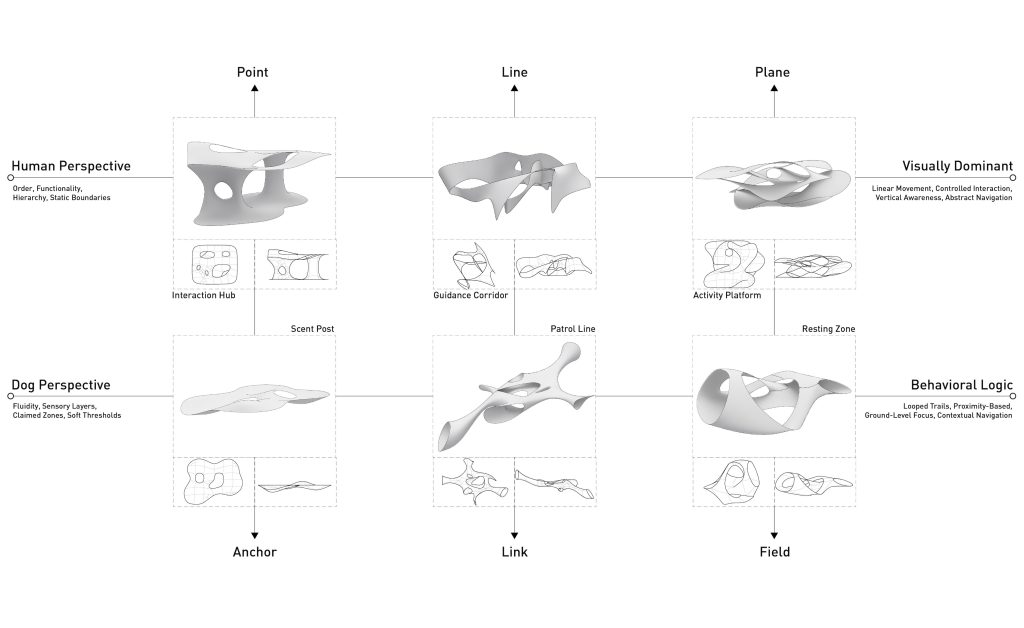
Perspectives of spaces through the human and non-human species
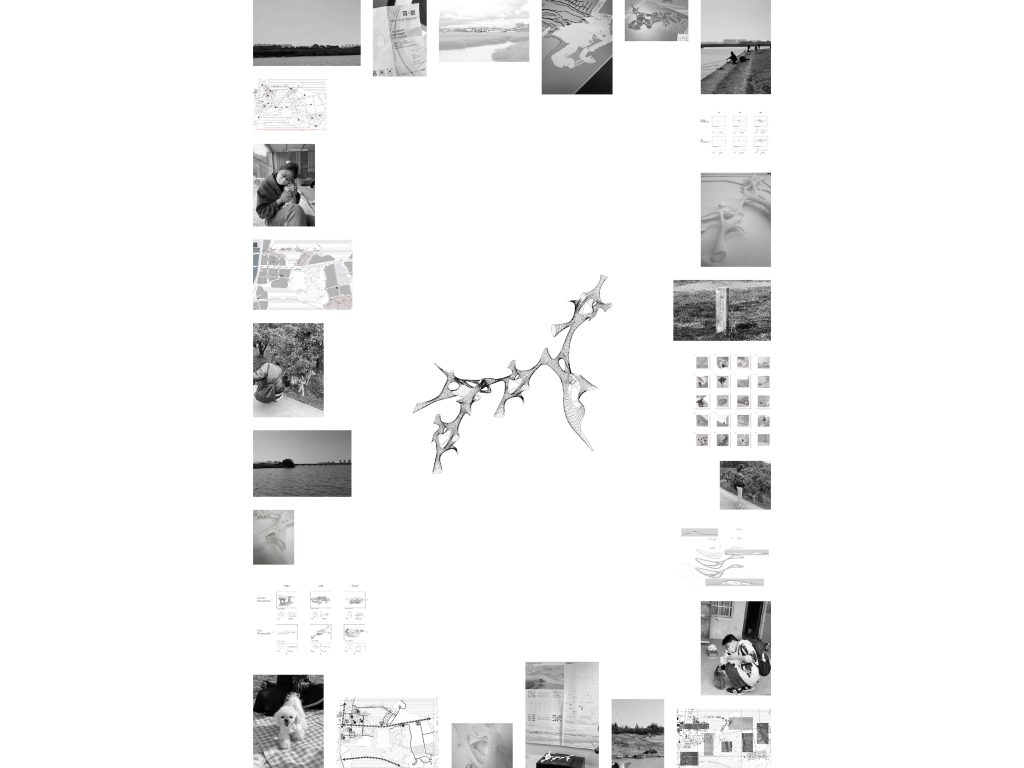
A range of thought processes mapped towards the use of space
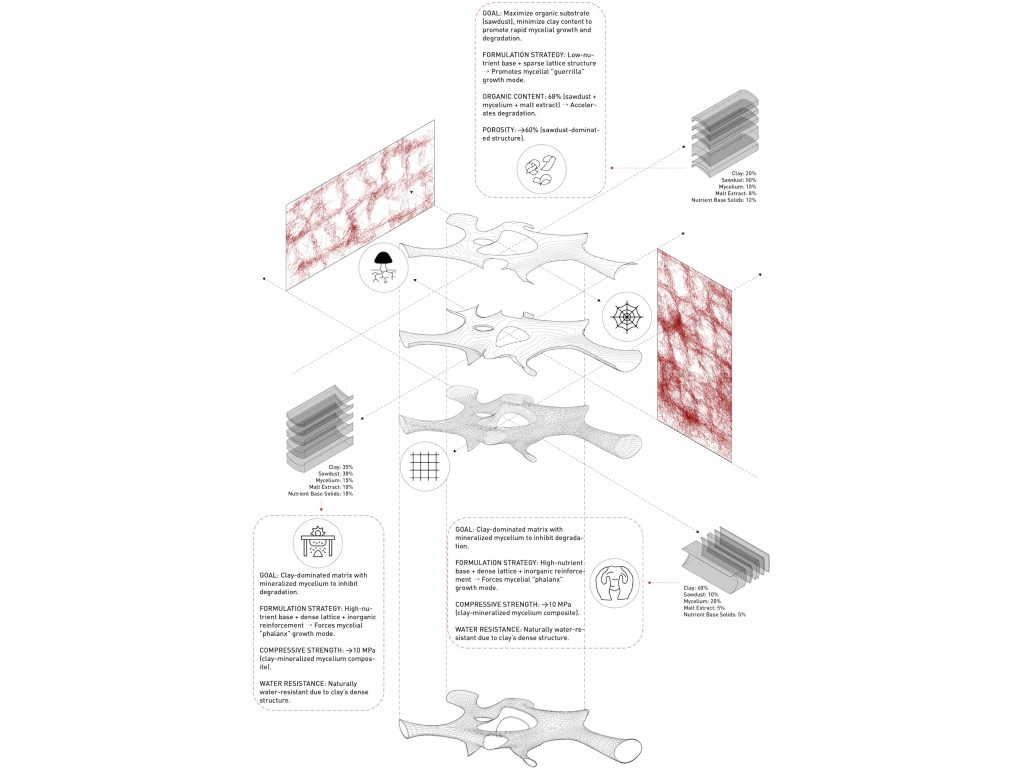
An application of organic bodies into the architecture form
Shengze Chen says: “Yaxuan’s work exhibits a strong sense of experimentation through its diverse and fluid organic form. Beneath the surface, however, the core value of the pieces lies in the in-depth exploration of the interaction between spatial scale and animal behaviour.
“Her journey from the ARC304 Final Year Studio Project to a national award accentuates how research-driven, AI-enhanced design, compassion-centred education can nurture voices capable of transforming both human and non-human futures.”
Siti Balkish Roslan adds: “Yaxuan’s dedication to her work reflects the very essence of the project - compassionate architecture that serves the wider community. It reflects how compassion and empathy can be a rigorous design methodology alongside ecological application, technological developments and AI integration, and not just viewed as an emotional response.
“Her success highlights not only her creative commitment but also the Department’s and School’s pedagogical focus on architecture as an ethical and ecological practice.”
Story and images provided by Department of Architecture
Edited by Yi Qian
01 Nov 2025







